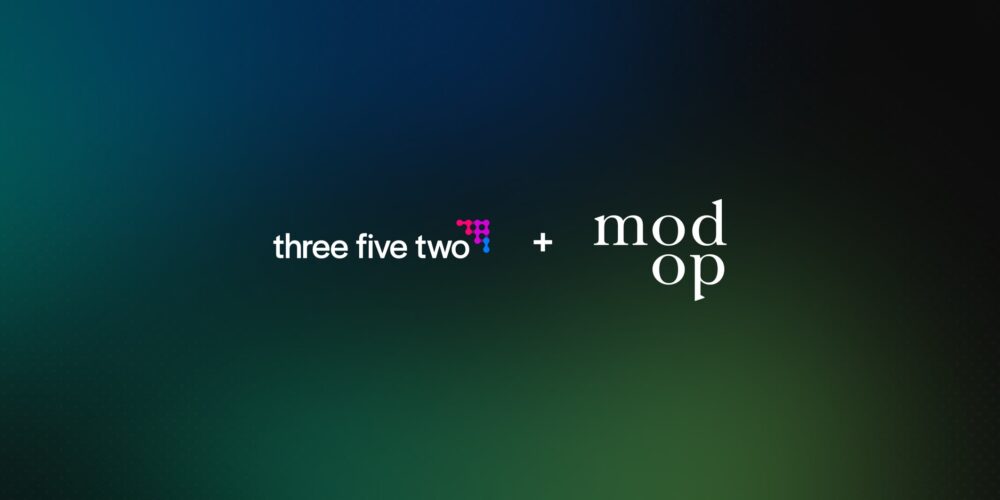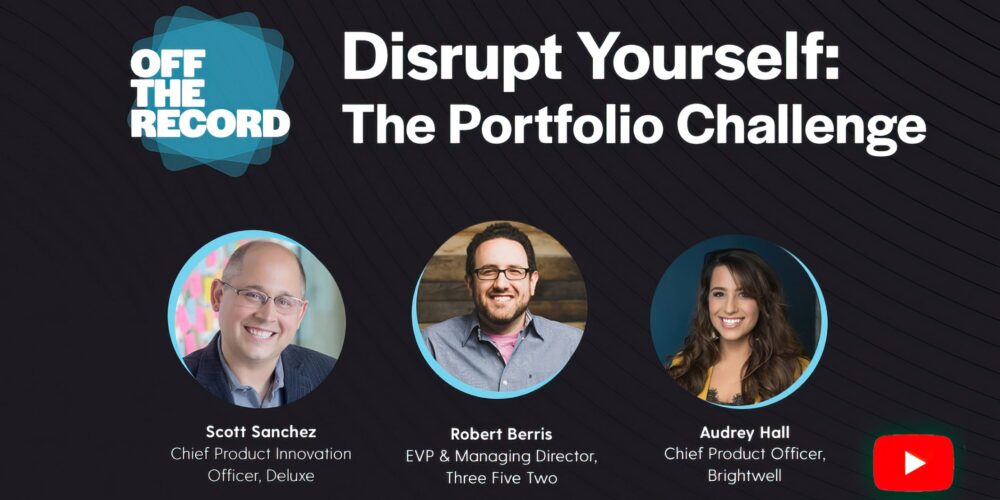
What We Can Learn from Google Product Development
In 2015, Google announced that it was ending its Google Glass Explorer program. It then almost immediately announced that Glass was moving from the Google X development lab to its own business unit.
On the surface the decision to spin up a new business is a little surprising, because let’s face it: Google Glass has a ton of problems. The bulky, dorky frames and the obtrusive prism hanging above your eye are obvious. The lack of a clear market, and the less-than-flattering moniker that Glass Explorers soon gained, became apparent quickly.
Even with those caveats, Google’s development of Glass – and its many successful, less creepy projects – can teach us valuable lessons about Google’s approach to product development and how we can apply it to our own digital products.
The Courage to Stick With a Bet
Google has never been shy about axing products that were underperforming or were poorly received (including – at long last – Google Plus). Though its launch has been bumpy at best, Google clearly has a long timeline for Glass.
For better or worse, Google has pioneered the field of wearable augmented reality. They weren’t simply first to market; they created the market. Since its beta launch, Glass has inspired a host of competitors – from copycat smartglasses produced by Sony and Epson to more business-targeted AR products like Microsoft’s recently announced HoloLens.
While its competitors are rolling out products, Google is returning to the drawing board with two years of hard-won market research and plenty of Glass Explorer user feedback under its belt to drive the product launch of Glass 2.0. This is iterative development in slow motion, but Google has not been idle since Glass’ launch.
Launch First, Ask Questions Immediately
Glass may not be the poster child of iterative development (it launched more than 2 years ago and has only seen hardware tweaks and a few software updates), but Google has shown that it knows how to launch, experiment and improve a product over time.
Many of Google’s flagship products are in a state of perpetual beta, so it should be no surprise that Glass was in beta for two years. Gmail was in beta for more than 5 years, and Google continually tests new features through Gmail Labs, providing a beta environment for iteration. And that’s exactly as designed.
Glass has shown that product iteration for hardware can be a difficult process, but for digital products, beta is merely the period where you gather extensive user feedback, identify features that resonate with users and refine your product offering. When it comes to its products, digital or otherwise, Google understands that the cost of experimentation is well worth it.
Don’t think of “launch” as a fixed point, or a final achievement; rather, it’s the first step in what should be a long roadmap to product success.
Getting It Right Doesn’t Mean Getting It Perfect
Perfection should never be the goal of any product, especially a digital one. Perfection is a moving target – it changes over time, it changes for every user, it changes based on how you’re feeling that day. The process of iteration is the understanding that products are never perfect, but if you build something the right way it will still achieve your product goals.
When our teams at 352 build digital products, it’s more important to get something right and launch it. Functional features that attract users and drive conversions are more important than a site with all the bells and whistles on your product wishlist. We don’t think of “launch” as a fixed point, or a final achievement; rather, it’s the first step in what should be a long roadmap to product success.
Once we put something out into the wild, it’s easier to figure out if our hypotheses are supported by users and then move quickly toward the right decision.
Shifting Focus
Iterative development is not merely about adding new features or streamlining a development model. It also allows your development team to shift its focus from “creating a product for hypothetical users” to “improving a product for actual users.” Launching a working product removes a huge degree of uncertainty, uncovers new possibilities for your product and, most importantly, gets your product in the hands of real users.
User testing and research can guide initial development and design decisions, but concrete feedback from actual users allows your product team to reprioritize features, reassess a product’s everyday use, and simply refocus on creating the best user experience for your product.
We have the benefit of building digital products with shorter feedback loops and development cycles than Glass, which was always meant to be a long-term bet for Google. But the same principles apply: build a product that solves a problem and launch it quickly, gather extensive information on the product’s performance, and then get right back to work making it even better.




